5 handheld failures the Nvidia Shield won't want to emulate
5 flops
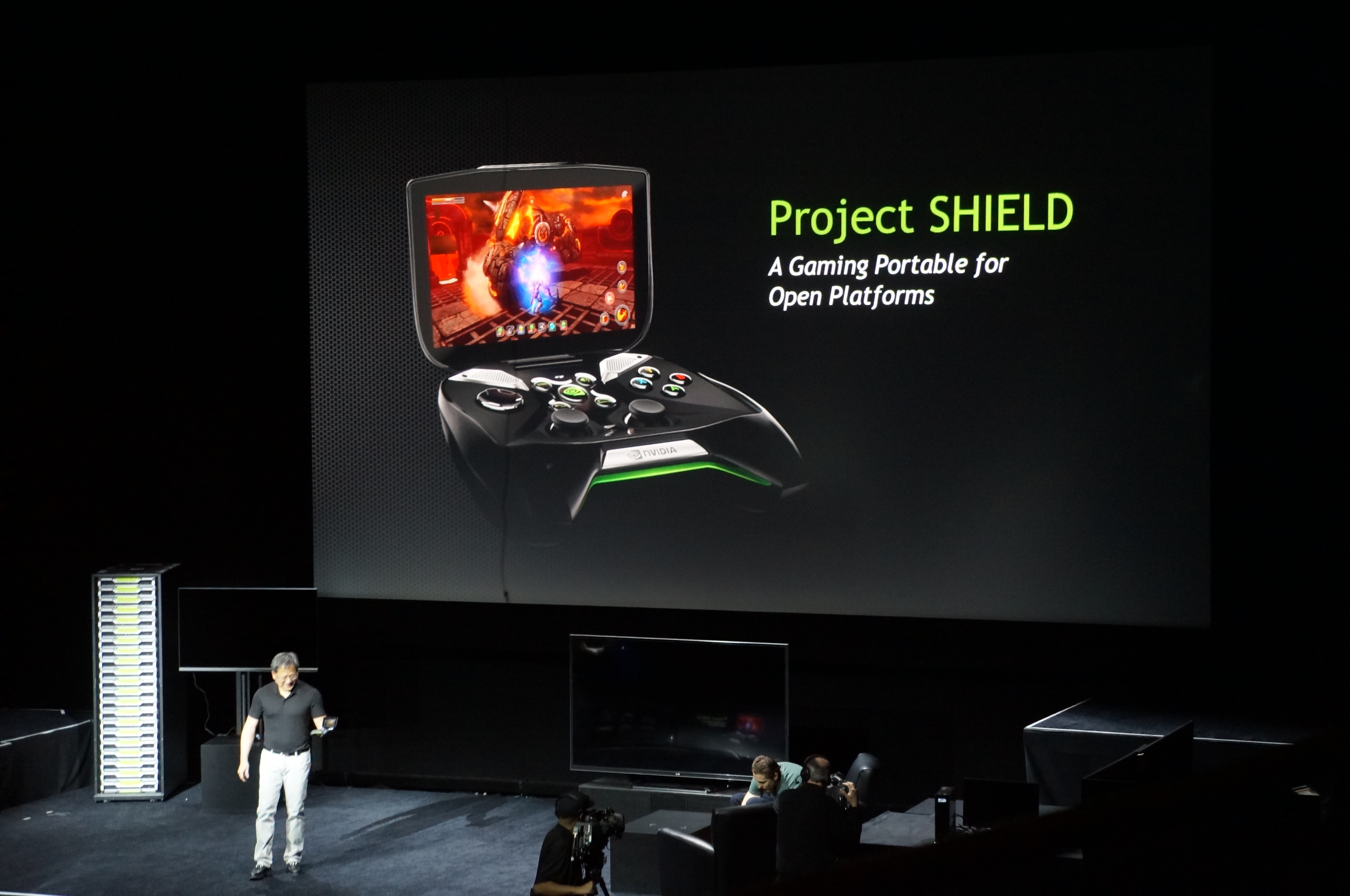
Hey there, Nvidia. We just wanted to get in touch regarding your new "Project Shield" games console.
It looks great. You've got that HD screen, an Xbox-style controller, and that brand-new Tegra 4 chipset. And it plays both Android and PC games? That's very promising.
But, we wanted to offer a word of warning, from the history books of handheld consoles.
You see, making a new portable console - and going up against the established portable gaming duopoly of Sony and Nintendo - hasn't always gone so well in the past.
In fact, handhelds are far more likely to fail than succeed.
We're not saying that Shield will be a flop. But, we just wanted to make sure you've done your homework. You know, so that you can avoid making the same mistakes that doomed those other devices to failure.
Gizmondo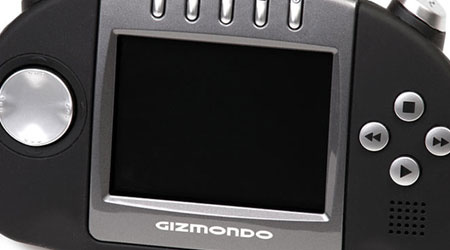
The ill-fated Gizmondo is perhaps the most infamous gaming failure of all time. Or at least it shares that title with Duke Nukem Forever.
Tiger Telematics promised an all-new console with a flurry of features that you wouldn't find on competing devices. Among those features were text messages, satellite navigation, Bluetooth, and a camera.
But, all that - plus a flagship store on Regent Street and the most celeb-packed marketing campaign you could possibly imagine - was for nowt.
The Gizmondo flopped. And it flopped hard. Tiger inevitably went bankrupt, and only 14 Gizmondo games ever hit retail.
Maybe, it was because we all had to sit through adverts every time we booted up the console. Or maybe it was the execrable selection of games, like Sticky Balls and the cancelled Momma Can I Mow The Lawn.
Panasonic Jungle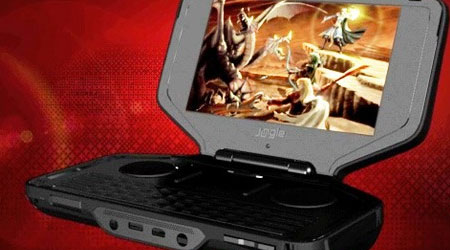
In 2010, Panasonic welcomed gamers to the Jungle with this bulky clamshell console.
The idea was to deliver MMOs on the go. But, instead of offering up a portable World of Warcraft or a handheld EVE Online, the best it could muster was a clunky browser-based Battlestar Galactica game.
The console was supposed to have a touchpad, a full QWERTY keyboard, more traditional gaming buttons, and a high-resolution display.
However, a few months after it was announced, the Jungle became vapourware. Poof! Vanished.
According to a report on Reuters, "Panasonic decided to suspend further development due to changes in the market and in our own strategic direction."
Tapwave Zodiac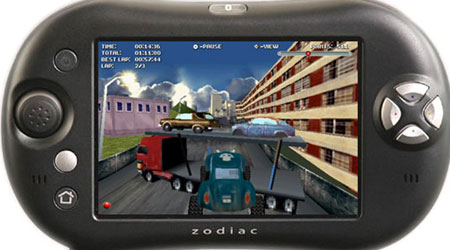
The Tapwave Zodiac was the answer to the following question that no one was actually asking: "What if you shoved a video game console into a Palm OS-based PDA?"
And that answer couldn't have come at a worse time.
Soon after the Zodiac appeared, PDAs were killed off for good by smartphones. Oh, and the DS and PSP were announced.
It also didn't help that the Zodiac had a truly terrible library of games. You could, at least, run a few emulators on the gizmo. But, that didn't stop Tapwave from shutting down in 2005.
Game.com
Oh, you kids today. With your wi-fi hotspots and your 4G connectivity. Back in my day, we had to make do with the Game.com's 14.4 kbit/s modem.
Downloading a picture was like receiving a transmission from the Andromeda Galaxy. Well, probably.
No one actually bought this financial flop, despite its (dodgy) touchscreen, handy stylus, and PDA-style apps. According to GamePro, fewer than 300,000 Game.coms ever left store shelves.
The game selection certainly looked promising - Duke Nukem 3D, you say? And Resident Evil 2? With a little Sonic Jam on the side? - but they were all miserable ports, and barely even visible on the clunky device's abysmal display.
Virtual Boy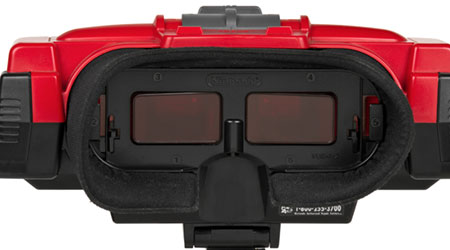
Even the big boys fail sometimes.
In 1995, Nintendo introduced the world to 3D gaming with the Virtual Boy, an ugly red headset that allegedly provided three-dimensional visuals when you stuck your face in its big rubber cone.
The console was an utter disaster. The image was red and blurry, the device was uncomfortable to use, it gave players headaches and nausea, and it came with an alarmingly high price tag.
The console was killed off within a year (it never even made it to Europe), and only 22 games were ever released for it.
Nintendo tried the whole 3D thing again with the Nintendo 3DS. This time, the experiment was a little more successful.
